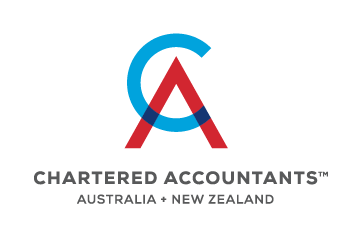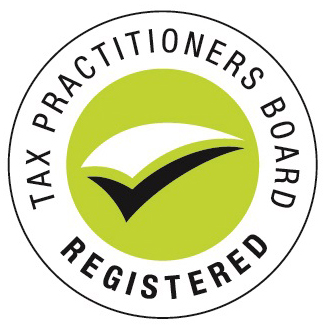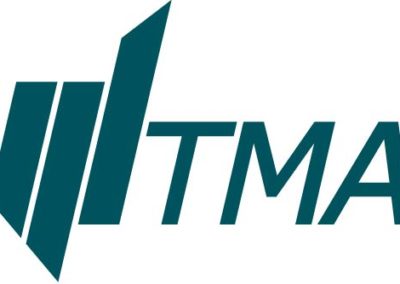
Australian medium-sized companies often find themselves at a crossroads when it comes to accessing the capital needed for expansion. The Australian Business Growth Fund (ABGF)
COLLABOR8 with us for all your financial forecasting and budgeting needs.
We all know that cash flow is the lifeblood of any business. Even profitable companies can fail due to poor budgeting and financial forecasting.
At ALLEVI8HQ, we encourage businesses to be proactive in managing their financial forecasts, rather than assuming you only need them if the bank requests it. We recommend that every business undertakes an annual budget and forecast to aid their planning and decision-making.
When you have a clear understanding of the expected inflow and outflow of funds in your business, you can confidently plan and execute growth and improvement strategies to achieve positive changes in your business.
When you COLLABOR8 with us, we’ll ensure that your business budget and forecasts are tailored to your specific needs and objectives. With an understanding of your unique business goals, resources and constraints we can put together the financial data you need to plan and manage your business effectively.
With ALLEVI8HQ you can achieve greater financial stability, make informed business decisions, and drive long-term growth and profitability.
Jag has exceeded my expectations.
He will go above and beyond in any situation.
5/5 with ease of communication and professionalism.
And best of all his services are delivered with a sense of humour.
Do yourself a gigantic favour and book with Jag, you will have an accountant for life.
Vanessa Bertram
BUSINESS NAME TBC
At ALLEVI8HQ, we develop realistic financial reports that align with your strategic goals. We can assist you with budgets, forecasts, financial models and a 3-way cashflow forecast as well as expert business advice to help you interpret the data and make good decisions.
Plan and manage better with a business budget that clearly illustrates expected revenue, overheads and profitability.
By analyzing historical data, marketing research and scenario planning we identify potential financial risks and opportunities.
Forecasting models like trend analysis, regression analysis, and time series analysis can generate accurate financial projections.
A 3 way cash flow forecast provides a comprehensive view of your cash position. It analyzes your operating, investing and financing cash flow.






Allevi8HQ is run by Jag Olak, a highly
experienced CFO in Brisbane with more than 20 years of experience.
He is a qualified Chartered Accountant, an executive MBA and has a certification in advanced restructuring and turnarounds from the Australian Restructuring, Insolvency and Turnaround Association.
Reach out and let us know how Jag and can help you.
Send through the form or shoot us an email.
Financial forecasting can provide significant benefits to your business, such as:


A business budget is a financial forecast that outlines the expected revenues and expenses of a business over a specified period, typically one year. It is a tool used to set financial goals, manage resources, and monitor financial performance.
Our business budgets include a detailed projection of expected income, expenses, and the cash flow of your business over the budget period. It will help you to prioritise your spending, allocate resources more effectively, and ensure that you have enough cash on hand to meet your financial obligations.
With a business budget in place, you can monitor your financial performance, anticipate any challenges or opportunities, and make adjustments as needed to meet your financial goals.

At ALLEVI8HQ we develop your business forecast using the information from your accounting software. We will send you a draft of the forecast to review, along with a set of questions to ensure that our assumptions are correct and to identify any changes that may impact the forecast in the next 12 months.
After we receive your feedback, we will meet with you to review the draft business forecast in detail. During this meeting, we will discuss any seasonal fluctuations, material changes to last year’s cash flow, the implications of staffing changes, significant one-off items, tax payments, and timing, and capital expenditure. Based on this discussion, we will finalise your business forecasting in your accounting software.
To help you track your progress, we recommend that you create actual vs. forecast reports each month. This will enable you to identify areas that may require improvement and make any necessary adjustments.


Our financial forecasting models are an essential tool for businesses looking to achieve financial stability and long-term success. These models can help you predict future financial performance. You can make informed decisions about your finances, anticipate potential risks and opportunities, and plan for the future with greater confidence.
There are several different types of financial forecasting models, including trend analysis, regression analysis, and time series analysis. We will help you choose the model that best suits your needs and use it to generate accurate financial projections.

A 3-way cash flow forecast is an essential tool for businesses to manage their finances effectively, anticipate potential cash shortfalls, and make informed decisions about investments and financing. It covers:

Answers to some of the common questions about financial forecasting. If you’re still sitting with questions, get in touch with us.
Creating a budget plan for a business involves several key steps. Here is a general process that can be followed:
Creating a business forecast involves several key steps. Here is a general process that can be followed:
Forecasting is an essential tool for businesses looking to achieve long-term financial stability and growth. By providing a clear picture of the future, forecasting enables businesses to plan, allocate resources, and make informed decisions that are aligned with their overall business objectives.

Australian medium-sized companies often find themselves at a crossroads when it comes to accessing the capital needed for expansion. The Australian Business Growth Fund (ABGF)

As a business owner, you have big dreams for your company and a clear vision for its future. But as much as you’d like to,

Medium-sized businesses in Brisbane and across Australia are constantly seeking innovative ways to expand their operations, increase profitability, and stay ahead of the curve. As
Copyright 2023 | Allevi8HQ. All Rights Reserved. Privacy Policy